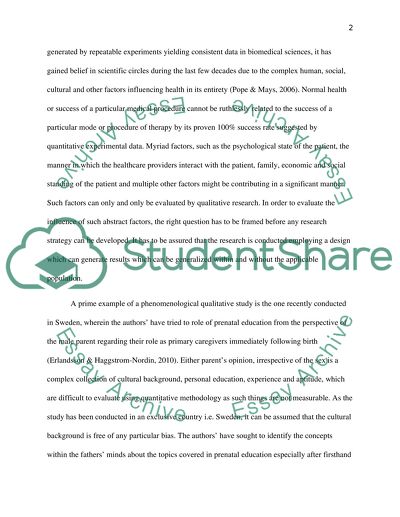Cite this document
(“Research Methods in Health Science A Essay Example | Topics and Well Written Essays - 2000 words”, n.d.)
Retrieved from https://studentshare.org/nursing/1422383-research-methods-in-health-science-a
Retrieved from https://studentshare.org/nursing/1422383-research-methods-in-health-science-a
(Research Methods in Health Science A Essay Example | Topics and Well Written Essays - 2000 Words)
https://studentshare.org/nursing/1422383-research-methods-in-health-science-a.
https://studentshare.org/nursing/1422383-research-methods-in-health-science-a.
“Research Methods in Health Science A Essay Example | Topics and Well Written Essays - 2000 Words”, n.d. https://studentshare.org/nursing/1422383-research-methods-in-health-science-a.


